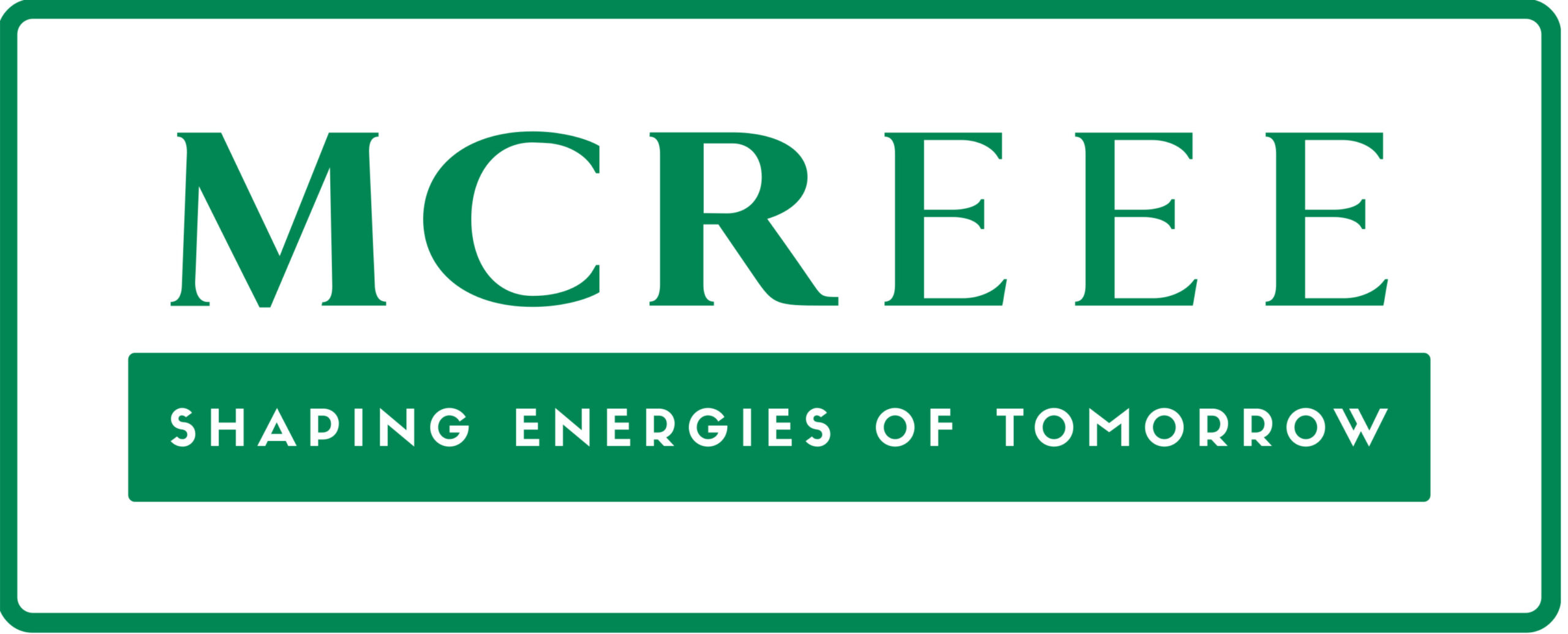Seven project categories eligible for green finance in Oman
Image Source: Oman Ssustainability Week
Projects ranging from rail electrification and energy storage systems to offshore wind farms and waste-to-energy schemes are among dozens of initiatives that will qualify for green finance under the Sustainable Finance Framework launched by the Sultanate of Oman last week.
The framework, the first of its kind in the Gulf region, represents a landmark effort by the Omani government to unlock sustainable funding sources, notably in the form of green bonds and sukuk, to help meet the sizable financing requirements of the country as it transitions towards a low-carbon future.
According to the Ministry of Finance, which is overseeing the implementation of the Sustainable Finance Framework, eligible green projects and initiatives fall broadly in the following seven categories:
Renewable Energy: Falling in this category are – Solar PV and Concentrated Solar Power projects (with a minimum of 85% power generation derived from solar sources); Onshore and offshore wind projects; Transmission, distribution and storage infrastructure, equipment, component, and technology associated with renewable energy facilities with lifecycle GHG emissions intensity below 100gCO2e/kWh; and Green hydrogen / green ammonia projects with life-cycle GHG emissions of lower than 3tCO2e/tH2, and limited to the production and storage of hydrogen using electrolysis powered entirely with 100% renewable energy.
Clean Transportation: Low emission transportation and related infrastructure, encompassing Electrified railway for passenger and freight and related infrastructure; Zero tailpipe emissions passenger and freight vehicles and related infrastructure such as electric vehicle charging stations; Public transportation with zero tailpipe emissions; Infrastructure dedicated to the provision of shore-side electrical power to vessels at berth (not for the transport or storage of fossil fuels); and Non-motorized forms of transportation such as pedestrian walkways and cycling lanes.
Sustainable Water and Waste Water Management: New or existing infrastructure to improve water usage efficiency, promote water recycling and reuse, such as Centralized wastewater collection and treatment systems; Projects to improve water usage efficiency such as water pressure management systems, pump and pipe systems; Water collection systems to enhance water recycling and reuse; and Rainwater drainage systems to manage surface water run-off.
Pollution Prevention and Control: Waste collection, waste processing, waste recycling projects and facilities in accordance with waste segregated at source and in line with the Oman national waste management hierarchy; Waste-to-energy plants for the generation of electricity and/or heat; and Composting infrastructure and facilities.
Energy Efficiency: Projects to support the construction, operation, maintenance and upgrade of smart power grids, power storage systems, smart metering systems and other smart electricity systems that manage the intermittency of renewables for direct connections of renewable energy capacities; Renovation and installation of energy-efficient technologies and products that improve the operational energy efficiency by at least 30% in the building sector; Improve power usage effectiveness (PUE) of existing data centers by deploying energy saving measures such as a deep cooling system in which deep ocean water is used to cool computing equipment.
Environmentally Sustainable Management: Conservation and restoration of terrestrial and marine ecosystems and habitats such as mangroves with an aim of enhancing the biodiversity of marine organisms; and Development of fisheries and aquaculture certified by key international institutions.
Climate Change Adaptation: Projects to increase the resilience and adaptive capabilities of Oman across all sectors, including Early warning systems for natural disaster and monitoring of radiation; Flood prevention schemes; Crop preservation activities (from drought or flood); Coastal zone management, and Rehabilitation of streams.
However, excluded from the scope of green financing are the following projects and initiatives: Fossil fuel related activities, including the exploration, production or transportation of fossil fuel; Generation of nuclear power; Rail infrastructure dedicated for the transportation of fossil fuels; Renewable energy projects generating energy from biomass using feedstock originating from protected areas; Waste incineration activities including waste to energy facilities that incinerate recyclable or reusable materials or that divert waste from other usage; Landfill projects; and Vehicles with tailpipe emissions above 50 g CO2e/km.
Also eligible for sustainable finance are numerous other ‘Social’ projects, initiatives and activities distributed under the following categories: Affordable Basic Infrastructure; Access to Essential Services – Education and Healthcare; Affordable Housing; Employment Generation (via SME financing); Socioeconomic Advancement and Empowerment; and Food Security.

